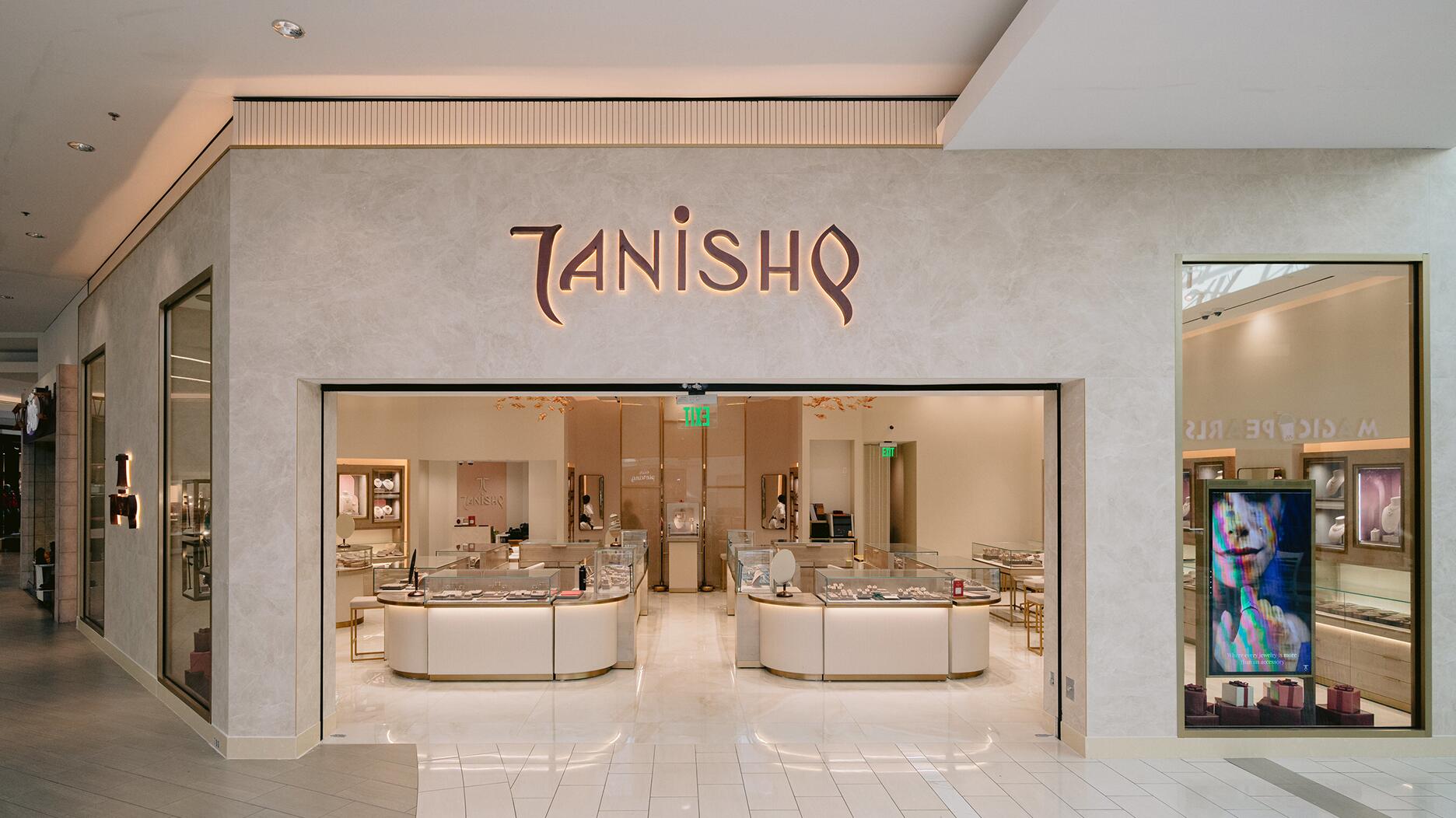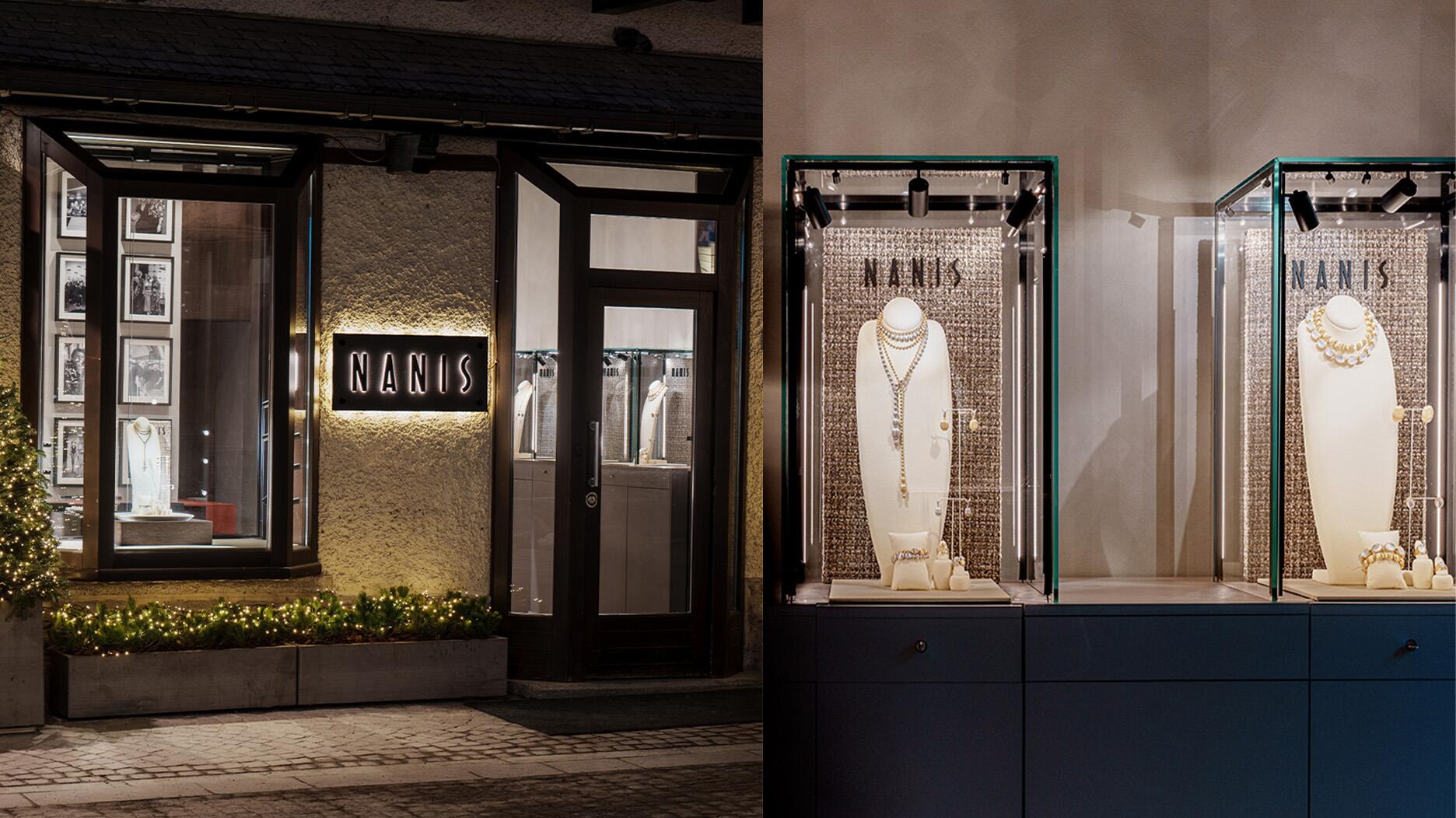From influential executives to innovative designers, we pay tribute to the people we said goodbye to this year.
Tiffany-LVMH Deal May Be Saved, Say Analysts
LVMH’s acquisition of Tiffany & Co. still has a chance, albeit at a lower price.

New York—LVMH’s acquisition of Tiffany & Co. is on shaky ground after the French luxury titan announced Wednesday it would be backing out of its agreement to buy the American jeweler.
Tiffany responded with a lawsuit to force LVMH to move ahead with the deal.
In its official statement issued last week, LVMH cited closing date issues after Tiffany requested a second extension and, it said, the French government asked it to hold off until January 2021 because of proposed U.S. tariffs on French luxury goods.
Tiffany countered that LVMH was looking for a way out of the $16.2 billion deal and breached the merger agreement by dragging its feet on securing the necessary regulatory clearances.
The deal recently received regulatory approvals from the Japan Fair Trade Commission and the Mexican competition authority, according to an 8-K filing with the U.S. Securities and Exchange Commission. It is still waiting for clearances from the European Commission and the Taiwan Fair Trade Commission.
LVMH said last week it plans to file its own lawsuit in response.
It called Tiffany’s lawsuit “totally unfounded” and claimed the jeweler had prepared it “a long time ago.”
After looking over Tiffany’s first-half results, the French luxury conglomerate called its perspectives for 2020 “very disappointing and significantly inferior to those of comparable brands of the LVMH Group during this period.”
LVMH said it would be challenging in court the way Tiffany’s management handled the COVID-19 crisis, noting that the company distributed “substantial dividends” when it was losing money and that its operation and organization are not “substantially intact.”
A long legal battle is likely ahead, but analysts aren’t ready to say the deal is off just yet.
“We’re not experts in French foreign affairs but we do believe that Tiffany & Co. remains an attractive target,” wrote Needham analyst Rick Patel in a note to investors shared with National Jeweler.
RELATED CONTENT: What Tiffany’s Acquisition Means for the Jewelry Industry
The COVID-19 pandemic took a toll on Tiffany’s second-quarter results, Patel noted, but highlighted the retailer’s progress in China, digital, and its new product launches.
Those strategic areas were what LVMH was likely drawn to in the first place, he said.
However, the pandemic has led to lower retail valuations across the board, noted Patel.
The deal could go through if Tiffany is willing to lower its initial selling price of $135 per share, he said, but it’s unclear whether the jeweler is willing to do so.
Oppenheimer analyst Brian Nagel
“Our best estimate is that there now exists an 80-85% chance (down from 90%-plus) for a deal to occur at or above an acquisition price of $108/share (vs. a current offer of $135/share),” he wrote.
When talk of the deal first began, Tiffany confirmed it had received a bid for $120 per share, which would have valued the company at $14.5 billion.
Tiffany reportedly requested that LVMH up its bid to $130 per share. The final deal was for $135 per share, or $16.2 billion, one of the largest transactions in LVMH’s history.
A price reduction could salvage the deal, said Guggenheim analyst Robert Drbul.
“Considering the deal was initially negotiated in November 2019 (pre-pandemic), the deal could still be finalized, albeit at a lower price,” he wrote. “We continue to believe LVMH is the optimal buyer for Tiffany & Co., and Tiffany is a logical fit within LVMH’s portfolio of brands.”
LVMH said at the time that the addition of Tiffany could strengthen its position in the jewelry market and bolster its presence in the United States.
The acquisition would also give LVMH access to Tiffany’s vertical integration capabilities.
Tiffany established Laurelton Diamonds, a wholly owned manufacturing subsidiary, in 2002. It is a
De Beers sightholder and has also inked long-term rough supply agreements with Alrosa and Dominion Diamond.
The specialty jeweler also holds a stake in a diamond mine in South Africa owned by Canadian mining company Diamcor.
Analyst Patel also took a look back to November 2019, when LVMH first announced its acquisition plans.
In the first half of 2019, Tiffany’s business had slowed and its comps in the Americas were on the decline.
“At the time, Tiffany was known to be a self-help story that was investing in product innovation, marketing, digital and store renovation. In our view, the company remains a self-help story and is making progress on its growth initiatives despite the tough environment,” he wrote.
Looking at Tiffany as a whole, Needham lists an acceleration of same-stores sales in North America, higher-than-expected margins, and a successful introduction of new products as potential upside drivers.
Its risks include a weakening in the North American market, a greater-than-expected commodity inflation and a stronger U.S. dollar, which could hurt tourism.
Needham, Oppenheimer and Guggenheim all have a Hold rating on the jeweler.
The Latest

The new curation at the Natural History Museum of Los Angeles County showcases rare gem and mineral specimens in their uncut, natural state.

The couple pleaded guilty to concealing at least $127 million in cash transactions at its precious metals businesses.

How Jewelers of America’s 20 Under 40 are leading to ensure a brighter future for the jewelry industry.

Consumers shared concerns about prices, inflation, tariffs, trade, and politics in the survey’s write-in response section.


In February 2026, the auction house will move its headquarters to the former Steinway Hall, a neoclassical landmark on Billionaires’ Row.

The new show will take place Jan. 23-25, 2026.

Roseco’s 704-page catalog showcases new lab-grown diamonds, findings, tools & more—available in print or interactive digital editions.

The former BHP Billiton leader and Gemfields chairman is remembered for his influential leadership throughout his 50-year mining career.

The LVMH-owned brand has partnered with the costume design union to revamp its award for 2026.

The luxury titan inked a deal to acquire an initial minority stake in the jewelry manufacturer with a pathway to full ownership by 2032.

The company’s curation of unsigned vintage and estate jewelry debuted at the Bloomingdale’s in Costa Mesa, California.

In the recent multi-shipment seizure, CBP also found counterfeit Audemars Piguet, Moncler, and Chrome Hearts items.

Helzberg’s Chief Retail Officer Mitch Maggart shared details about its tests of a new store concept rooted in an elevated luxury experience.

Jewelers of America execs and National Jeweler editors discuss tariffs, the sky-high gold price, and the engagement that broke the internet.

The luxury goods company said founder Ippolita Rostagno will remain at the brand’s helm.

Laura Burdese, who joined the Italian luxury brand in 2022, will take on the role in July.

The National Jeweler editors revisit the most noteworthy industry happenings and design trends from 2025.

Need a gift for the cat lover who has everything? Look no further than our latest Piece of the Week.

It purchased the “Grosse Pièce,” an ultra-complicated Audemars Piguet pocket watch from the ‘20s, for a record-breaking price at Sotheby’s.

The lab-grown diamond grower now offers custom engagement and fashion jewelry through its Kira Custom Lab Jewelry service.

Chandler got his start at Michelson Jewelers and has served as DCA president and CEO since 2001. He will retire at the end of the month.

The boutique is slated to open this week inside Terminal 8, offering pre-owned Rolex watches and more to international travelers.

Sponsored by Digital Monitoring Products

The special-edition egg pendant ingested in a New Zealand jewelry store was recovered after a six-day wait.

Associate Editor Natalie Francisco plays favorites with Piece of the Week, selecting a standout piece of jewelry from each month of 2025.

The “Love and Desire” campaign is inspired by the magic that follows when one’s heart leads the way, said the brand.


























